Dubbed the “Yellow Ginger Capital”, Forest Home Village is located just a few minutes away from Punta Gorda Town in the Toledo District. The small community is home to a little over 500 persons but its history dates back to the mid-1800s.
The Civil War in the United States took place between 1861 to 1868. The war manifested between the Northern states and the Southern confederate states. Those in the South fought to keep their long-held traditions and institutions such as slavery. Following the defeat of the confederate army in the US Civil War, American southerners sought new lands outside of the USA where they could relocate, start a new life and keep their customs.
Following the defeat of the confederate army in the US Civil War, American southerners sought new lands outside of the USA where they could relocate, start a new life and keep their customs.
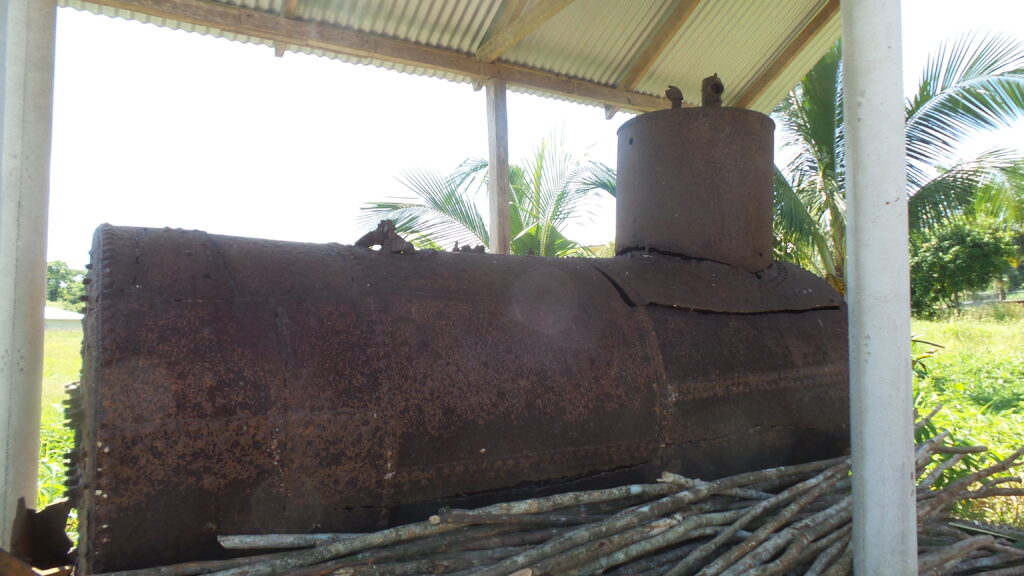
At the time, both the Belize Estate Co. (formerly British Honduras Co.) and Young, Toledo and Co. were offering their lands at cheap prices for agriculturalists. A key figure during the recruitment period was Cristopher Hatch. Hatch was born in Louisiana and he travelled to the United States actively recruiting Americans to settle, particularly in Southern Belize. The area between Cattle Landing and Eldridgeville was seen as a possible site for relocation.
In late 1867, southerners like Reverends Charles Swett and Levi Pearce visited sites in Belize and the Republic of Honduras. A group led by Rev. Levi Pearce, T.A. Watrous and George M. Eldredge eventually selected Belize. The first months proved laborious as the settlers needed to adapt to the tropical climate and rudimentary lifestyle, and to endure disease outbreaks. Historical records and a small grave site in Punta Gorda Town attest to the death of seven of the American migrants who succumbed to a cholera outbreak at the beginning of 1868.
They also had to manually cultivate the land. Of the fourteen families that initially settled in the area, only four families remained by May. They bought property from Young, Toledo and Co. and made the decision to stay. Thus it was that the “Toledo Settlement” emerged. Today, those lands south of the Rio Grande encompass Jacintoville, Eldridgeville, Forest Home and Cattle-Landing.
By 1870, the remaining families included the Pearce, Watrous, Foster, Mason, Moore, Copeland, Johnston, Wilson, Perrett, Dextler and Lester. Of these, the Reverend Levi Pearce Sr. was the first to settle and emerged as a prominent figure. Pearce was a Methodist Minister from Sharon Mississippi and his lasting contribution was introducing Methodism to the area.

This early community of American Southerners was a tight-knight society. They were bonded by their religious faith and American customs. By all accounts, they remained isolated and appeared not to socialize with other ethnic groups. They established sugar cane plantations and produced sugar.
By 1872, East Indians were brought into the Toledo Settlement as indentured laborers to work on the sugar plantations.
By 1872, East Indians were brought into the Toledo Settlement as indentured laborers to work on the sugar plantations. The East Indians were not slaves. They were contracted to work and in turn were provided with payment for their labour ($6.00 – $8.00) and given accommodations and food rations. Permission had to be granted by the estate owner or appointee for the laborers to leave the premises.
The community was not bound to survive as a southerner enclave since their younger generation of Americans were sent to the USA for their schooling and to seek a partner as intermingling with the East Indians and other nearby populations was discouraged but not entirely subdued.
By the 1930s most had returned to the USA and the sugar mills and plantations were sold. The lands were bought by locals including East Indians.
By the 1930s most had returned to the USA and the sugar mills and plantations were sold. The lands were bought by local residents including East Indians and descendants of those who had worked on the plantations. Today, the former sugar estates lands are spread across several communities including Forest Home.
In 1966, the late Timothy Bardalez Sr. and the Village Council, requested then Premier George Price to have the government purchase the Pearce property for the residents of Forest Home. Mr. Bardalez was recognized for his efforts in 2018 with a Community Heritage Award before his passing a few months later.
Remnants of the Toledo Settlement and Forest Home’s historical past are still visible in the village.
Remnants of the Toledo Settlement and Forest Home’s historical past are still visible in the village. Among these one can find the concrete steps at the entrance of what once was the first Methodist Church building constructed under Rev. Pearce’s direction. Levi Pearce Sr. established the first Methodist Church and a primary school.
Nearby is a small cemetery that was used exclusively for burials of members such as the Pearce, Mason and Lester families. The cemetery is a reminder of the period of racism and segregation that existed in the USA at the time. There are eighteen visible graves belong to men, women and children. The youngest identified burial is that of Alfred Cecil Pearce who died in 1892 at only six months of age. The latest burial is that of popular media figure Richard Merrill who passed away in 2017.
There is also the remains of a boiler from one of the neighboring sugar mills. The boiler was rescued by Mr. Harry Gomez who saw its historical and educational value. The boiler was relocated on the grounds of the Forest Home Community Center.
For those looking to learn more about the history and culture of East Indians in Forest Home, there is a mini-museum: Ethleen’s House of Knowledge, founded by Mrs. Lucita Eleanor Tillett.
For those looking to learn more about the history and culture of East Indians in Forest Home, there is a mini-museum: Ethleen’s House of Knowledge, founded by Mrs. Lucita Eleanor Tillett. The mini-museum features educational displays and historical and cultural implements. Mrs. Tillett also provides culinary activities as a part of the educational tour to interested visitors.
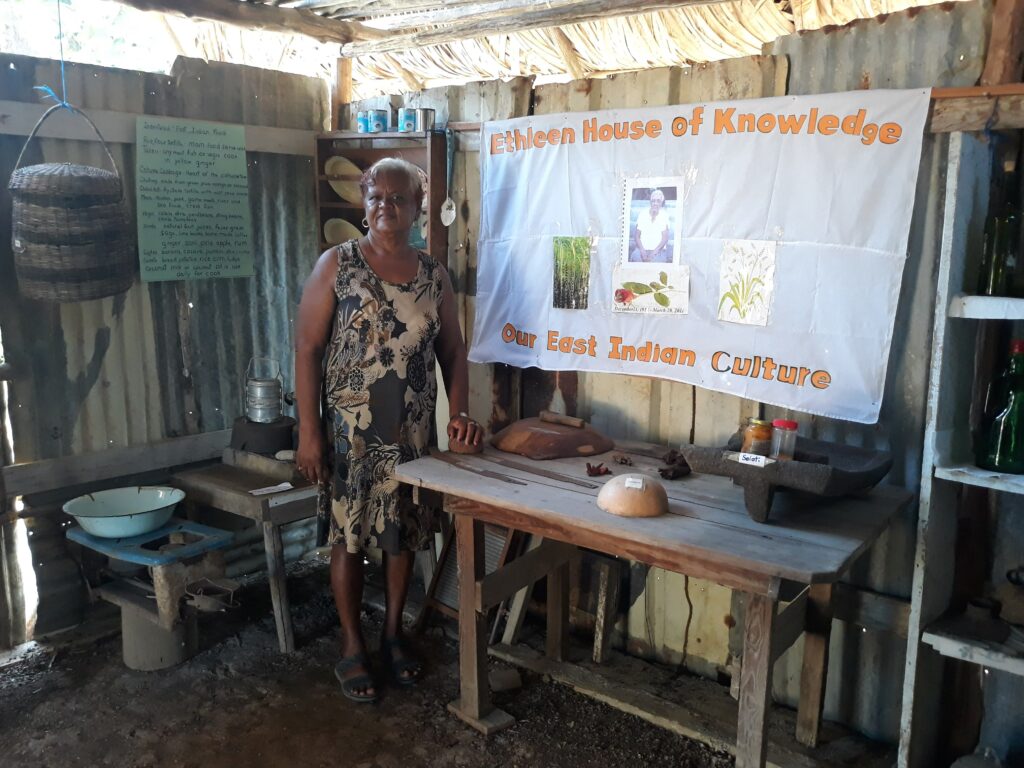
Another landmark in Forest Home is the Nazareth Novitiate located on the outskirts of the village. In 1931, four Pallottine Sisters arrived via boat in Punta Gorda. In addition to the Pallotine Convent, the grounds also include a small cemetery containing the graves of members of the Catholic community. Forest Home also got its second primary school being the Little Flower Roman Catholic School.
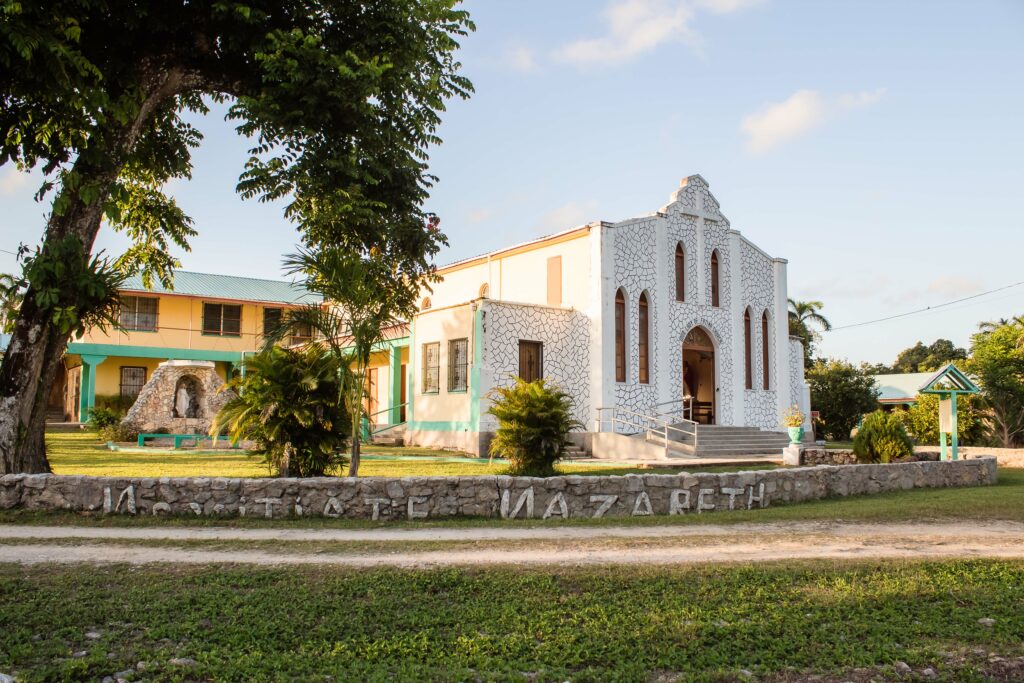
Thus, surnames and physical features, the appreciation for country and western music, Methodism and other subtle reminders of the American southerners and East Indians, other people who lived and interacted in what was the “Toledo Settlement”.

Today, Forest Home is one of several predominantly East Indian communities in southern Belize which also includes Eldridgeville, Jacintoville, Yemeri Grove and Mafredi.
Today, Forest Home is one of several predominantly East Indian communities in southern Belize which also includes Eldridgeville, Jacintoville, Yemeri Grove and Mafredi. The early settlers found refuge in the South. The area held promise and hope of starting anew. Their dreams were however short-lived. It would be up to the descendants of the East Indians who further developed the lands through their hard work and perseverance to transform the area into the welcoming and homely community that Forest Home is today.
Written and compiled by Phylicia Pelayo, Senior Research and Education Officer at the Institute for Social and Cultural Research of the National Institute of Culture and History. October 19, 2020.
Acknowledgments: Information courtesy: (2001). Simmons Jr., Donald. Confederates Settlements in British Honduras. USA; (2006). Robinson, St. John. Peopling Belize: Chapters in Migration. NICH; Mr. Timothy Bardalez Sr., Mr. Lyle Williams, Mr. Harry Gomez and Mrs. Vilma Ramclam. Special thanks to the Forest Home Village Council, Ms. Lucita Tillett (East Indian Museum), East Indian Council-Southern Chapter and Community Members.
Contact us, if you would like to contribute additional information or images on this topic,
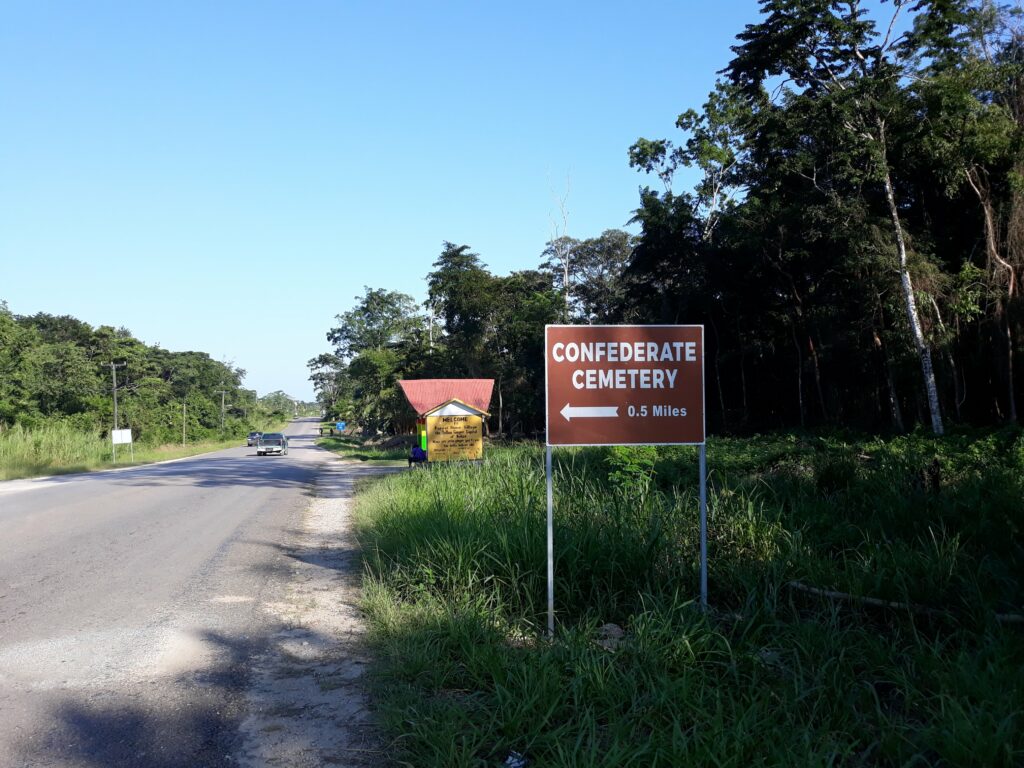
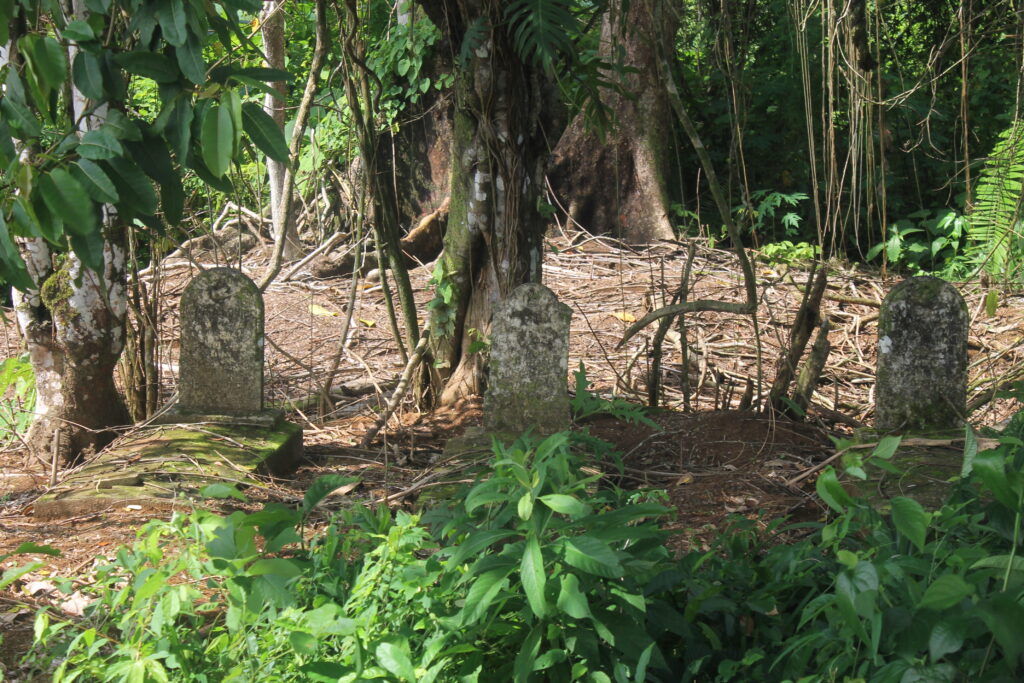


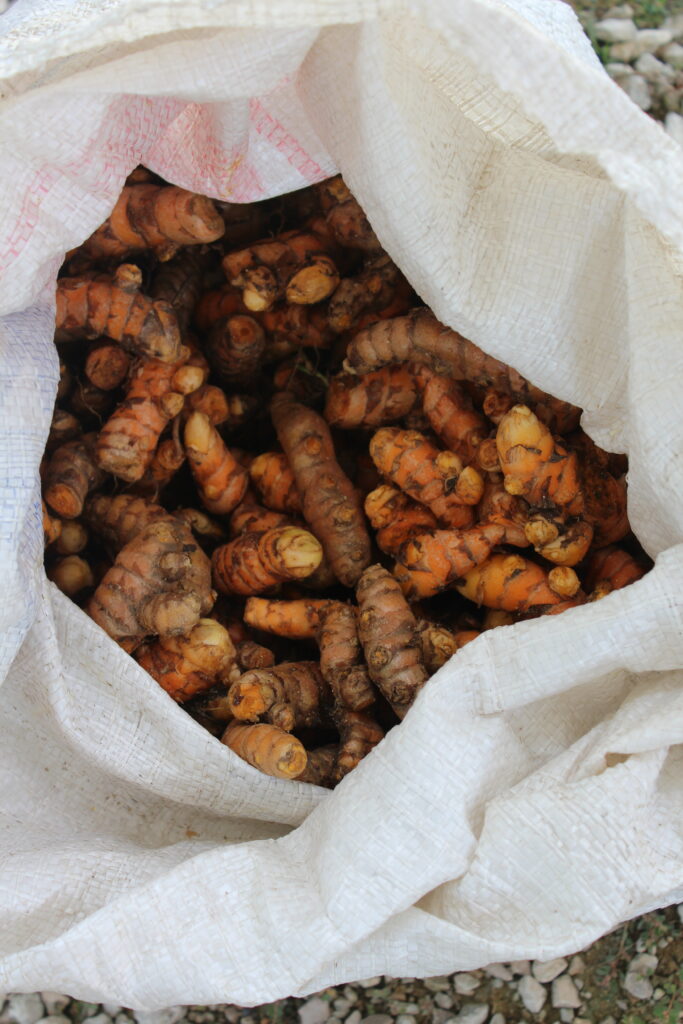
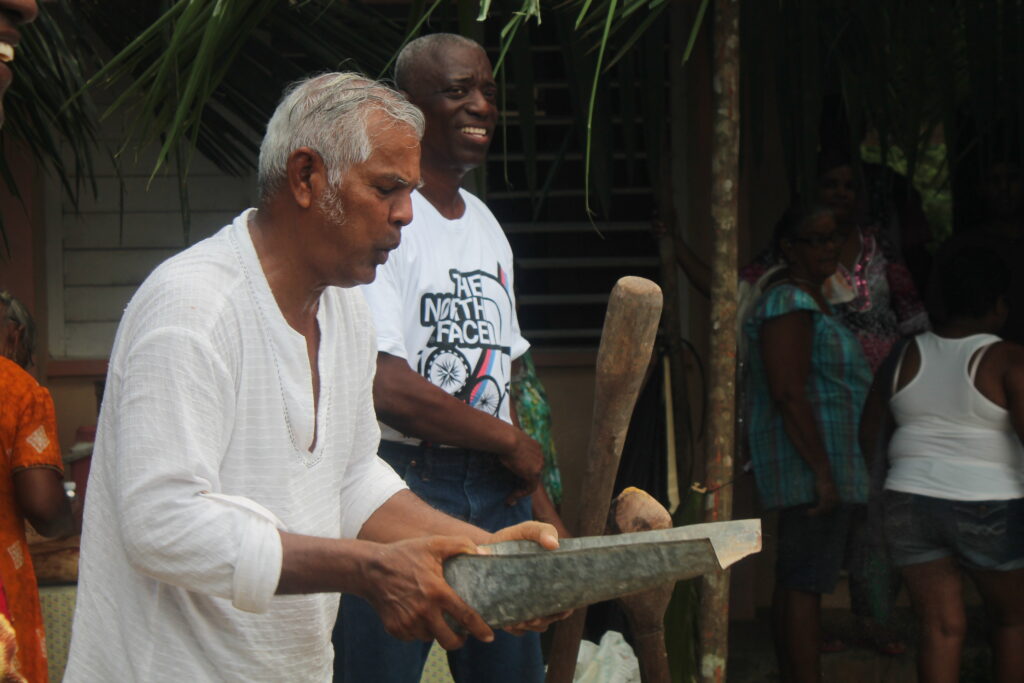



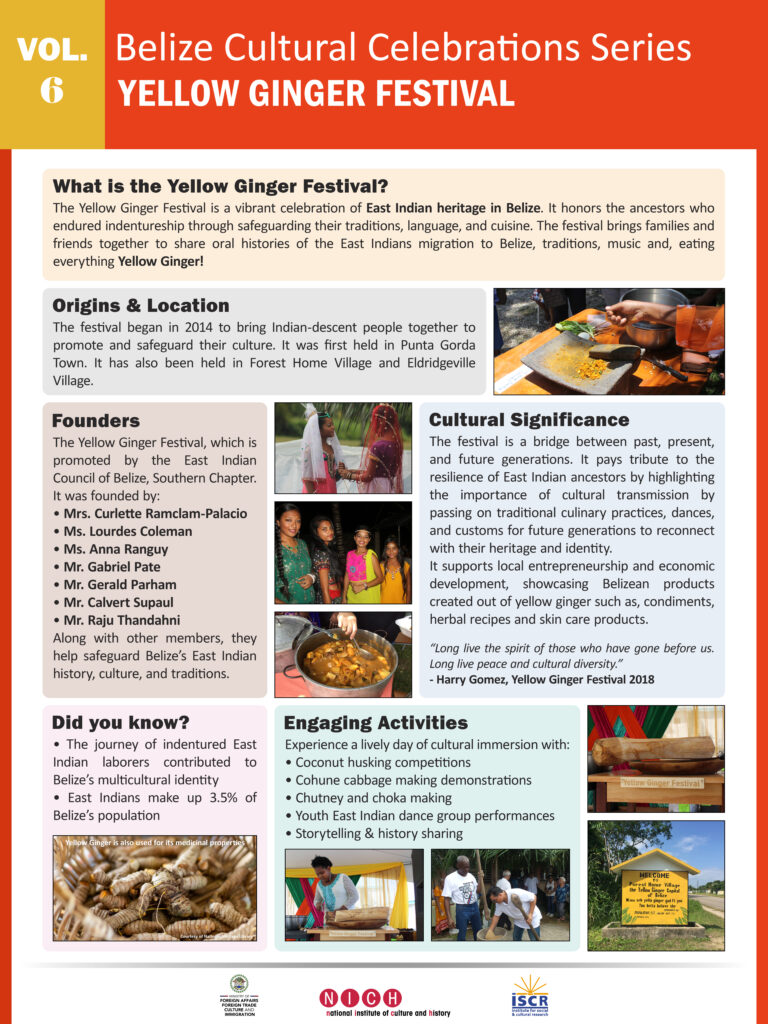
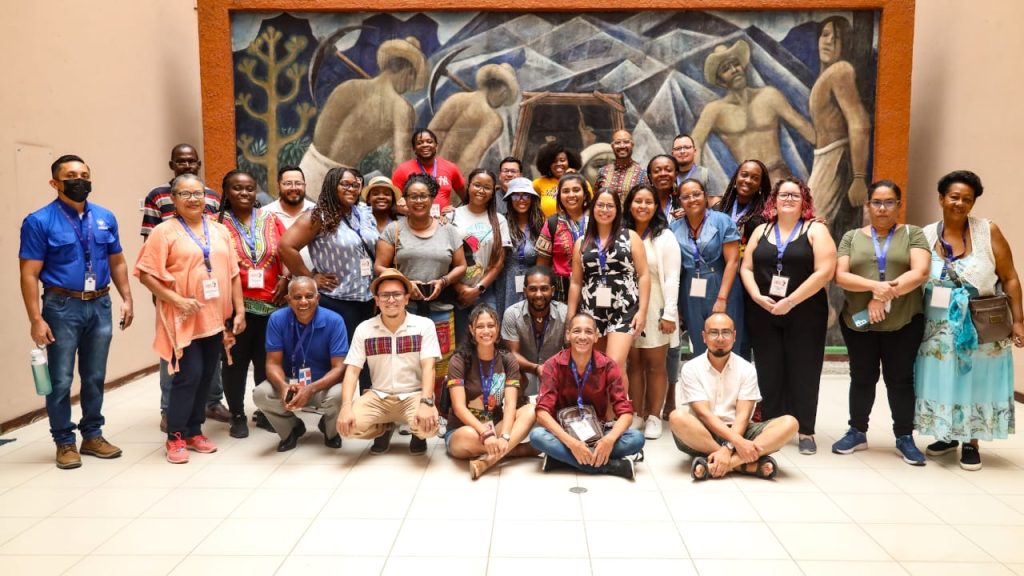
Recent Comments